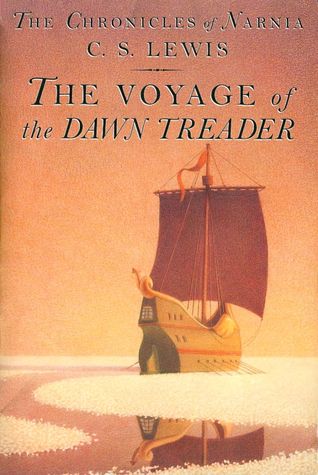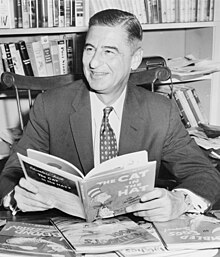Plastic could be the downfall of our environment. Plastic is useful, but haven’t you ever wondered what happens to it when you throw it away? You probably think it goes to the landfill. Well it does… at first. Then it flies away and settles in the ocean.
Plastic is collected by ocean currents. It is taken to the middle of the ocean where it forms a garbage patch, or it washes up on beaches like the ones on Maldives. Maldives is an island in the Indian Ocean, and they have beaches of plastic. Plastic collects, and it doesn’t ever go away. It’s not biodegradable, it doesn’t dissolve, and it doesn’t just disappear.
You're probably wondering, “Why can’t we just recycle it?” Well here’s why: there are so many different types of plastic, that companies can’t recycle it all. It’s too confusing, because there are too many different types of plastic. Some products even contain more than one type of plastic. A few plastic making companies won’t recycle their plastics.
Doubtlessly you're wondering why plastic in the oceans is that big of a deal. The truth is that plastic attracts organic toxins. The animals, such as fish, in the ocean mistake it for food. The toxins are not good for the fish. They store the toxins in the fatty part of their bodies, then we eat the fish. Everybody gets to eat plastic and toxins, but you don’t really want to get sick from the toxins in your fish.
The average American family uses approximately one thousand five hundred plastic bags in one year. There is enough plastic on this planet, and we don’t need more. A solution to the plastic problem, would be to keep melting down all the plastic and remolding it. If you would like to help, use reusable bags for shopping, buy things that aren't individually wrapped, and stop putting plastic in the trash. Even though recycling isn’t the best, it’s better than not recycling. regulations and laws could help with this. Companies could make their products out of only one type of plastic, making it easier to reuse. If you have an idea about how to conserve plastic usage talk to state representatives or legislators. Tell the world your ideas!
By Aurora J. A. Pass
By Aurora J. A. Pass






